
with larger capacity, more cycling times, higher rates and more safety.
with larger capacity, more cycling times, higher rates and more safety.
ALPA has a set of perfect lithium battery anode and cathode material processing scheme and equipment, which can meet the complex process requirements, including dust-free feeding, magnetic separation, ultra-fine grinding, classification, spheroidizing, powder transport, metering packaging, intelligent control and other powder process integrated design.
Lithium compounds used in lithium batteries have specific particle size distribution requirements, and the use of ultra-fine lithium powder can improve battery performance, including higher available capacity, longer service life, faster charging rate, higher efficiency, consistent discharge rate, and reduced size and weight.
Materials include: Lithium cobaltate (LCO), Li(OH), lithium manganate, lithium iron phosphate (LFP), ternary materials (NCM), lithium carbonate (Li2CO3), lithium nickel cobalt manganate (NCM), lithium nickel cobalt aluminate (NCA), cobalt oxide, lithium titanate, cobalt dioxide, Lithium cobalt oxide, etc.
Carbon material is currently the main negative electrode material used in lithium-ion batteries, and its performance affects the quality, cost and safety of lithium-ion batteries.The factors that determine the performance of anode materials are not only the raw materials and the process formula, but also the stable and energy-efficient carbon graphite grinding, spheroidizing and classifying technologies.
Materials include: graphite, needle coke, petroleum coke, graphene, etc.
Among advanced anode materials applied to lithium-ion batteries, silicon–carbon anodes have been explored extensively due to their high capacity, good operation potential, environmental friendliness and high abundance. Silicon–carbon anodes have demonstrated great potential as an anode material for lithium-ion batteries because they have perfectly improved the problems that existed in silicon anodes, such as the particle pulverization, shedding and failures of electrochemical performance during lithiation and delithiation.
Materials include: monatomic silicon, nano silicon, silicon oxide, silicon monoxide, silicon oxygen anode materials, silicon carbon composite anode materials, silicon based anode materials.
Black particle as a core component of lithium batteries, its efficient recycling occupies a pivotal position in the recovery of used lithium batteries. Regarding the technical problem of how to accurately and efficiently peel black particle from electrode foil, ALPA has successfully developed solutions based on its many years of experience in lithium battery field.
Silane gas is input pores of porous carbon particles, the gas is precipitated into silicon nanoparticles dispersed in the pores of porous carbon by heating. The size of porous carbon particles is generally 1-10μm, size of silicon particles in the pores is generally below 100 nm.
In the field of ultra-fine grinding, classification and spheroidization of lithium anode and cathode raw materials, ALPA occupies roughly 80% of the Market in China, with annual output value of about $600,000,000. Many of the world’s top 500 companies work together with us to jointly explore the future of advanced new energy technologies.

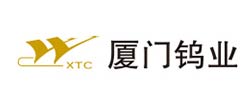
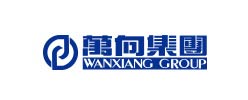

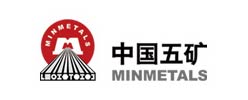
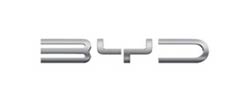




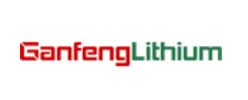



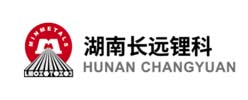


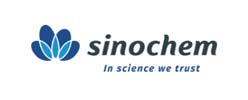







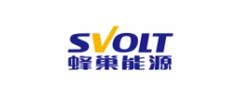

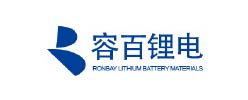



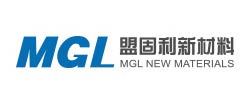
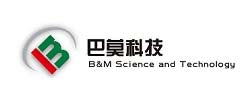









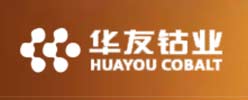
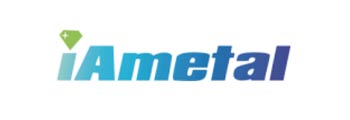
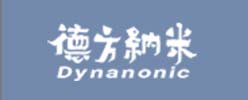
Lithium compounds used in lithium batteries have specific particle size distribution requirements, and the use of ultra-fine lithium powder can improve battery performance, including higher available capacity, longer service life, faster charging rate, higher efficiency, consistent discharge rate, and reduced size and weight.
Carbon material is currently the main negative electrode material used in lithium-ion batteries, and its performance affects the quality, cost and safety of lithium-ion batteries. The factors that determine the performance of anode materials are not only the raw materials and the process formula, but also the stable and energy-efficient carbon graphite grinding, spheroidizing and classifying technologies.
Silicon–carbon anodes have been explored extensively due to their high capacity, good operation potential, environmental friendliness and high abundance. They have perfectly improved the problems that existed in silicon anodes, such as the particle pulverization, shedding and failures of electrochemical performance during lithiation and delithiation.
Black particle as a core component of lithium batteries, its efficient recycling occupies a pivotal position in the recovery of used lithium batteries. Regarding the technical problem of how to accurately and efficiently peel black particle from electrode foil, ALPA has successfully developed solutions based on its many years of experience in lithium battery field.
Silane gas is input pores of porous carbon particles, the gas is precipitated into silicon nanoparticles dispersed in the pores of porous carbon by heating. The size of porous carbon particles is generally 1-10μm, size of silicon particles in the pores is generally below 100 nm.